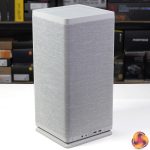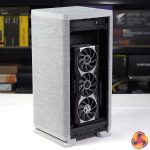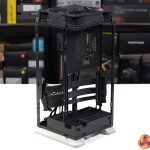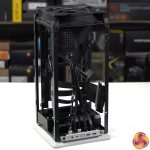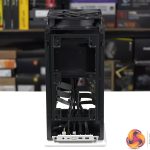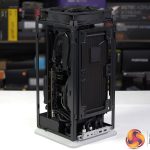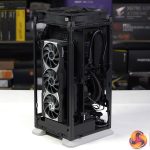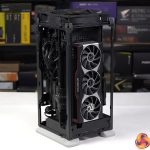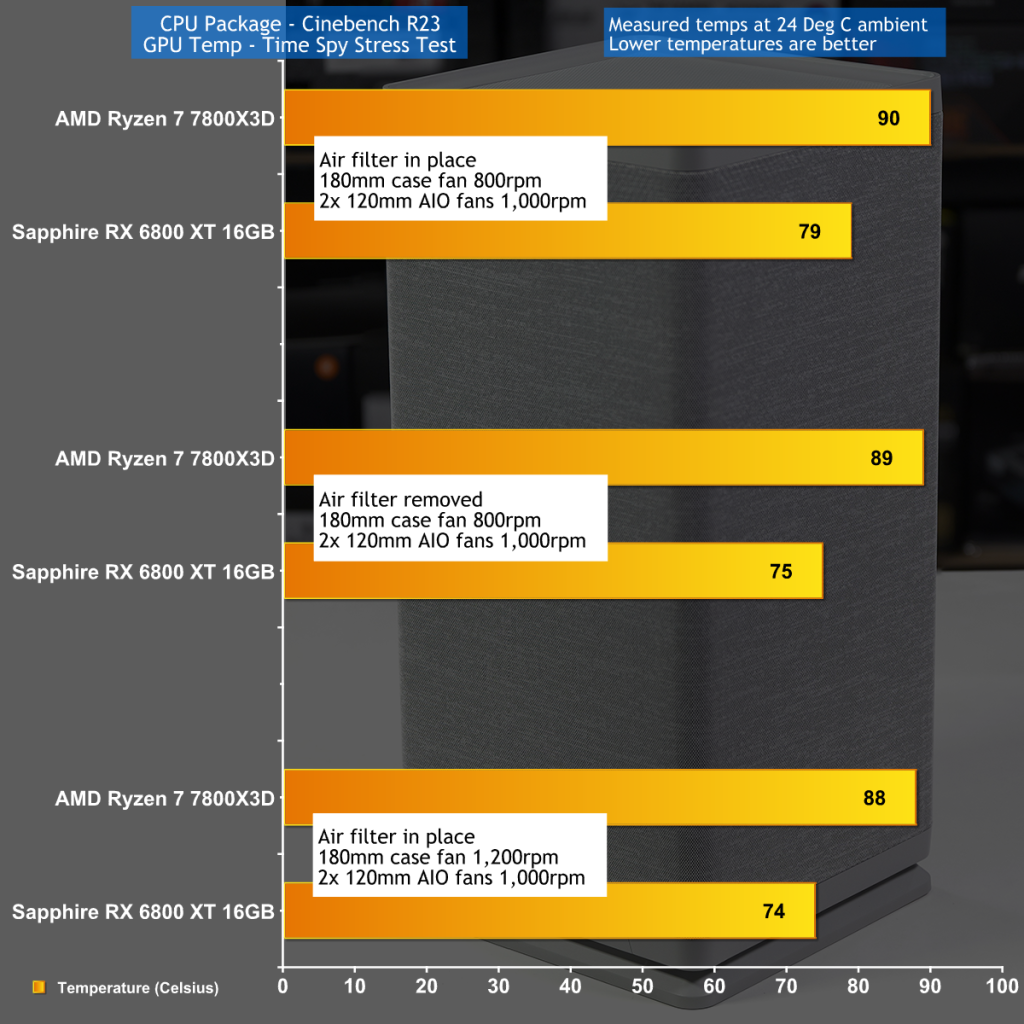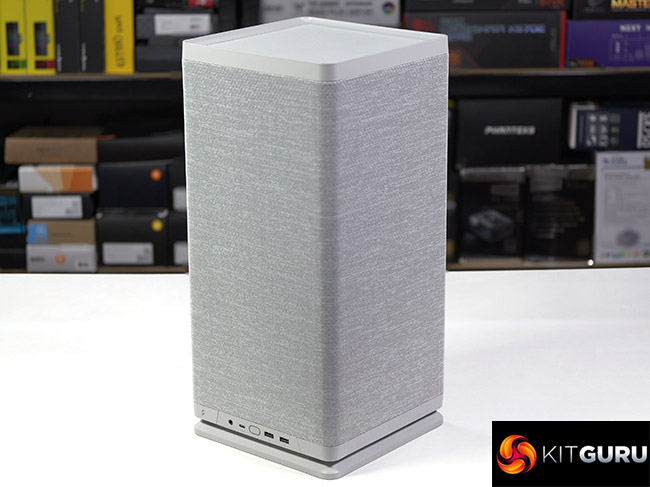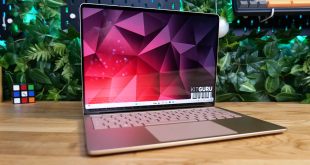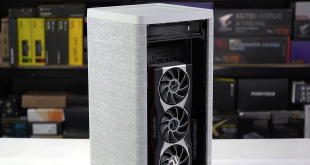
Fractal Design has done something unusual with its new Mood case, starting with the fact it is named Mood. In addition to giving it a name, they have covered it in fabric and have completely avoided the use of tempered glass and RGB lighting. The result is a 20 litre Mini-ITX PC case that barely resembles a piece of technology. The swish looks earn it pride of place on your desk or somewhere in your living room.
Time Stamps
00:00 Start
00:40 The Mood
01:30 Taking it apart
03:47 Hardware support
04:47 Installing hardware in the case
11:18 Graphics card support / install
14:47 Thermal and Noise tests
16:30 Leo's closing thoughts
Main features
- Discrete SFF case with sliding textile enclosure
- Supports GPUs up to 325 mm in length
- Large 180 mm fan included
- Tool-less removal of rear panel and casing
- Water-cooling support for radiators up to 280 mm
- Small footprint through slim design
- Sliding textile enclosure allows for easy hardware access
- Accessible 2.5” SSD brackets with ball catchers
- Supports installing a 3.5” HDD
- Removable dust filter (magnet-fastened on reverse/GPU side)
- Front IO for easy access
- Many tie-points for easy cable routing
Specification:
- Motherboard support: Mini-ITX.
- Power supply support: SFX-L, SFX.
- Expansion slots: 2.
- Included fans: 1x 180mm top exhaust.
- Fan mounts: 2x 120/140mm side, 1x 180mm top.
- Radiator mounts: 240mm/280mm side.
- 5.25-inch optical drive bays: None.
- Internal drive bays: 1x 3.5-inch, 2x 2.5-inch.
- Front I/O ports: 2x USB 3.0 5Gbps Type-A, 1x USB 3.2 2×2 20Gbps Type-C, audio.
- Dimensions: 453mm H x 212mm D x 212mm W.
Testing
To put this case through its cooling paces we will be using a test system consisting of an AMD Ryzen 7 7800X3D, Sapphire Radeon RX 6800 XT and an SSD. This system allows us to produce a substantial amount of heat and effectively test the Fractal Design Mood‘s cooling capabilities.
Test System:
- Processor: AMD Ryzen 7 7800X3D
- CPU Cooler: Fractal Design Lumen S24 RGB
- Motherboard: Gigabyte B650I Aorus Ultra
- Memory: 32GB G.Skill Z5 Neo DDR5-6000
- Graphics card: Sapphire Radeon RX 6800 XT 16GB
- Power supply: Seasonic Focus SPX 650W Platinum
- SSD: Sabrent Rocket 4.0 M.2 NVMe
- OS: Windows 11
Cooling Performance
Cooling Performance Overview
Temperatures inside the Fractal Design Mood are reasonably low, and that is despite the novel use of materials and the compact nature of the case. Having said that, we expect that anyone expressing an interest in the Mood would be well advised to use low power hardware that minimises both heat and noise.
Closing Thoughts
The obvious point to make about the Fractal Design Mood is that it barely resembles a PC product, and only then when you look around the back and spot the mesh panel that covers the graphics card.
Clearly it is aimed at normal people who don't much like tempered glass and RGB lighting in their living room, and that is absolutely fine by us, although it raises an obvious snag. Imagine you don't like PC hardware and rarely build a system and then you are faced with a somewhat tricky 20 litre case that packs in the hardware rather snugly.
We suggest you grab the superb Fractal user guide in one hand and your screwdriver in the other and persevere. It might take you a while to build the PC but we are confident you will be fine and the finished result will deserve pride of place on your kitchen table.
You can buy the Fractal Design Mood for £149.99 HERE.
Discuss on our Facebook page HERE.
Pros:
- Stylish good looks.
- Excellent user guide.
- Clean and simple design.
Cons:
- Restricted to a two-slot graphics card under 325mm.
- Price is high.
- Limited to Mini-ITX and SFX power.
KitGuru says: Fractal Design's Mood is compact and stylish and should fit equally well in your living room or home office.
 KitGuru KitGuru.net – Tech News | Hardware News | Hardware Reviews | IOS | Mobile | Gaming | Graphics Cards
KitGuru KitGuru.net – Tech News | Hardware News | Hardware Reviews | IOS | Mobile | Gaming | Graphics Cards


